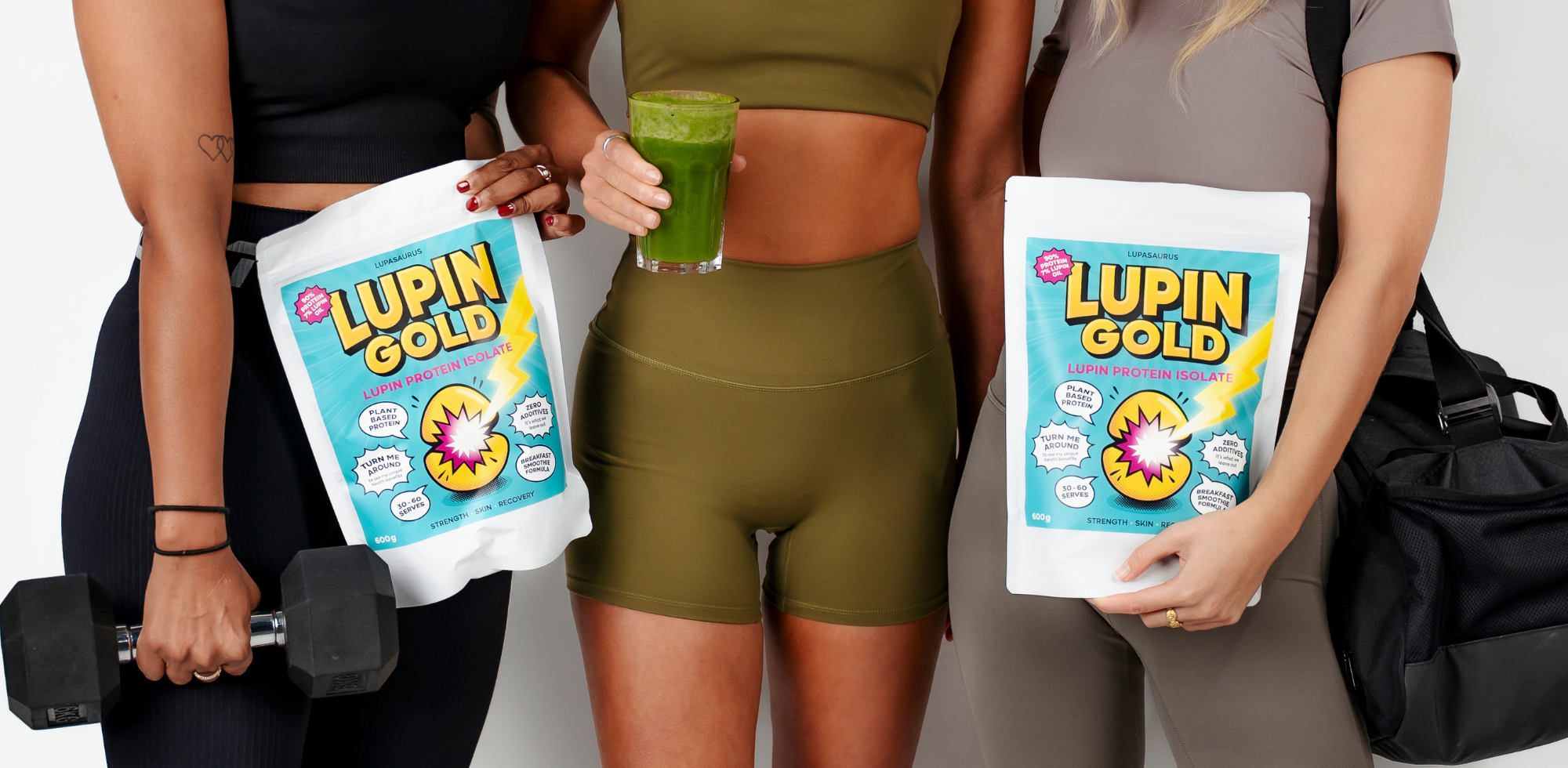Cardiovascular Health
Cholesterol Management
✓ Bahr et al. (2013)
✓ Bahr et al. (2015)
✓ Weisse et al. (2010)
✓ Sirtori et al. (2011)
✓ Pavanello et al. (2017)
✓ Fontanari et al. (2011)
Atherosclerosis Prevention
✓ Weisse et al. (2009)
✓ Marchesi et al. (2008)
✓ Parolini et al. (2012)
Blood Pressure Support
✓ Pilvi et al. (2006)
✓ Naruszewicz et al. (2001)
✓ Nowicka et al. (2006)

Blood Sugar, Insulin, and Metabolic Function
Improved Glucose & Insulin Response
✓ Soto-Luns et al. (2020)
✓ Santana et al. (2018)
✓ Lima-Cabello et al. (2016)
✓ Magni et al. (2004)
γ-Conglutin / Insulin Mimicry
✓ Terruzzi et al. (2001)
✓ Tapadia et al. (2021)

Muscle Growth & Amino Acids
✓ Johnson et al. (2017)
✓ Sedláková et al. (2016)
✓ Escudero-Feliu et al. (2023)

Longevity, Skin & Eye Health
Macular Degeneration & Eye Support
✓ Fryirs et al. (2008)
Oleic Acid for Skin & Joints
✓ Profiled in multiple nutritional studies based on amino and fatty acid data

Fertility & Pregnancy
✓ Dorniak-Wall et al. (2014)
✓ Meraz-Cruz et al. (2011)
✓ Neu (2000)

Cancer Research
✓ Escudero-Feliu et al. (2023) – cytotoxic breast cancer study

Sustainability Notes
✓ Lupins naturally fix atmospheric nitrogen in the soil, reducing the need for fertilisers
✓ Grows efficiently in soils with limited nutrient availability. (Poor soils).
✓ Require significantly less water than soy or animal proteins
✓ Grown in Western Australia, to help revitalise our struggling wheatbelt


